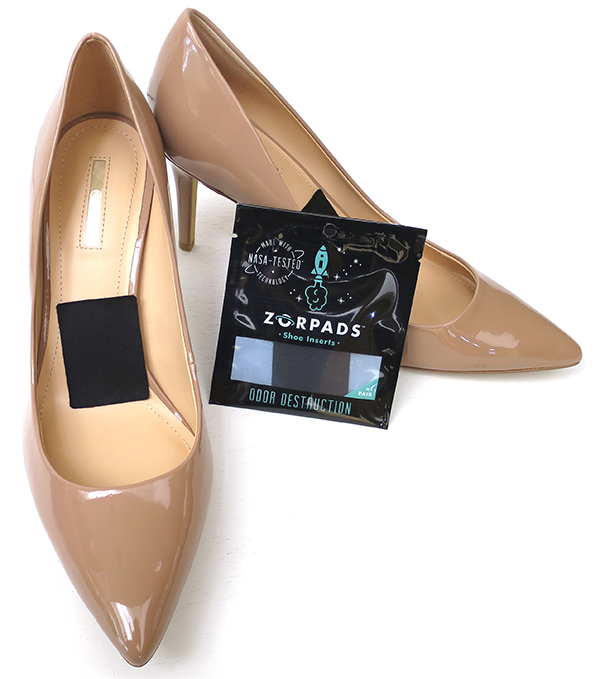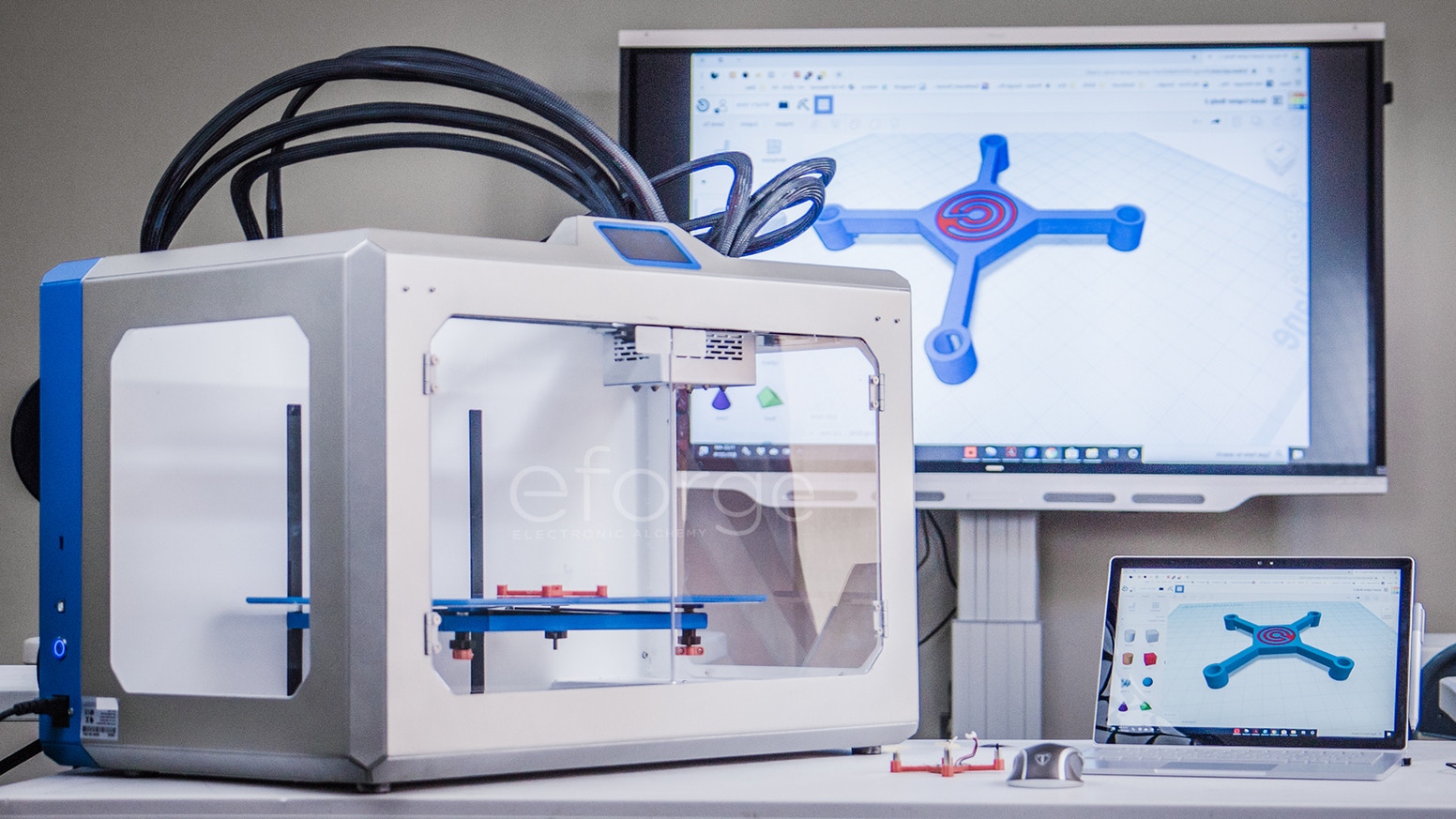Newly reported NASA Marshall Space Flight Center spinoffs offer an unlikely pair of benefits for space and commercial applications. An insert made from space-age material helps reduce pungent shoe odors, and an advanced 3D printer enables printing of electronics on demand. The technologies are featured in the latest edition of NASA’s Spinoff publication, released December 2020.
“Technologies derived from Marshall demonstrate our capability to create solutions that are effective from the workspace to outer space,” said Terry Taylor, manager of the Technology Transfer Office at Marshall.
Air quality in a contained environment is important, especially for spacefaring astronauts. Space purification systems must clear the air of carbon dioxide introduced by astronauts’ exhalations as well as chemical compounds produced by experiments and equipment.
One such compound is siloxane, which is off-gassed from plastics like printed circuit boards. Researchers like Jay Perry, a filtration technologies expert at Marshall, tested a variety of materials to filter the gas.
“There is a rich and long history of using activated carbons for these applications going back to Project Mercury,” Perry said.
While Perry and researchers ultimately landed on a solution using granular activated charcoal, they found that an alternative – activated charcoal cloth – performed strongly as well.
Taylor Wiegele became familiar with Perry and his research through his time working at Space Exploration Technologies – SpaceX – of Hawthorne, California. While attending Harvard Business School, Wiegele and four classmates decided to use the cloth as a shoe insert as part of an assignment. It worked.
Wiegele and business partner Sierra Smith launched the company Zorpads in New York; this move led to an appearance on the popular TV show “Shark Tank.” They even secured an investment from personalities on the show.
NASA Research Enables Anyone to Make Electronics on Demand
Chance Glenn also relied on Marshall expertise to advance the Huntsville-based Electronic Alchemy’s eForge – a 3D printer for electronics that enables anyone to print their own sensors, lights, and other electronic components on demand.
Glenn received approximately $1 million in Phase I and Phase II NASA Small Business Technology Transfer (STTR) contracts. NASA’s STTR program funds research and development projects in technology areas that contribute to the agency’s missions. He also received a Phase III Small Business Innovation Research (SBIR) contract.
Tracie Prater, a materials engineer at Marshall working on the agency’s In-Space Manufacturing Project, provided technical oversight of the novel printer’s development.
“Currently the paradigm is that everything that’s used in space gets launched from Earth,” said Prater. “When you’re looking at analyses for long-duration missions – going to Mars or having a sustained deep-space habitat – the logistics requirements become, in some ways, prohibitive.”
On-demand printing of parts, tools, and components could help reduce launch mass, making crewed missions to deep space more feasible and self-sufficient.
Glenn and the Electronic Alchemy team not only had to develop a machine that could print electronics, but they also had to develop the filaments to do it. The eForge printer uses fused disposition modeling, which is similar to how a hot glue gun works: the filament is heated into a liquid, extruded, deposited, and allowed to re-solidify.
Initially, six different materials were developed with verification from engineers at Marshall. The materials can be used in switches, communications equipment, and solar cells, and they can be combined to create more complex machines, such as circuits and computers.
More filaments are being developed, as are improvements to the printer. The first eForge has a single arm that picked up a filament cartridge, print with it, and put it back down before retrieving the next filament. The materials are laid down in layers, and the machine can print up to eight materials per layer. Future iterations will allow for more materials per layer.
Glenn hopes eForge will be also useful for universities and schools, as well as research and development applications, citing the capability to design, print, test, and iterate all in a matter of minutes.
Zorpads and eForge are just two examples of how NASA investments in the advancement of aeronautics and exploration of space are used in everyday life.
To learn more about spinoffs, visit:






























